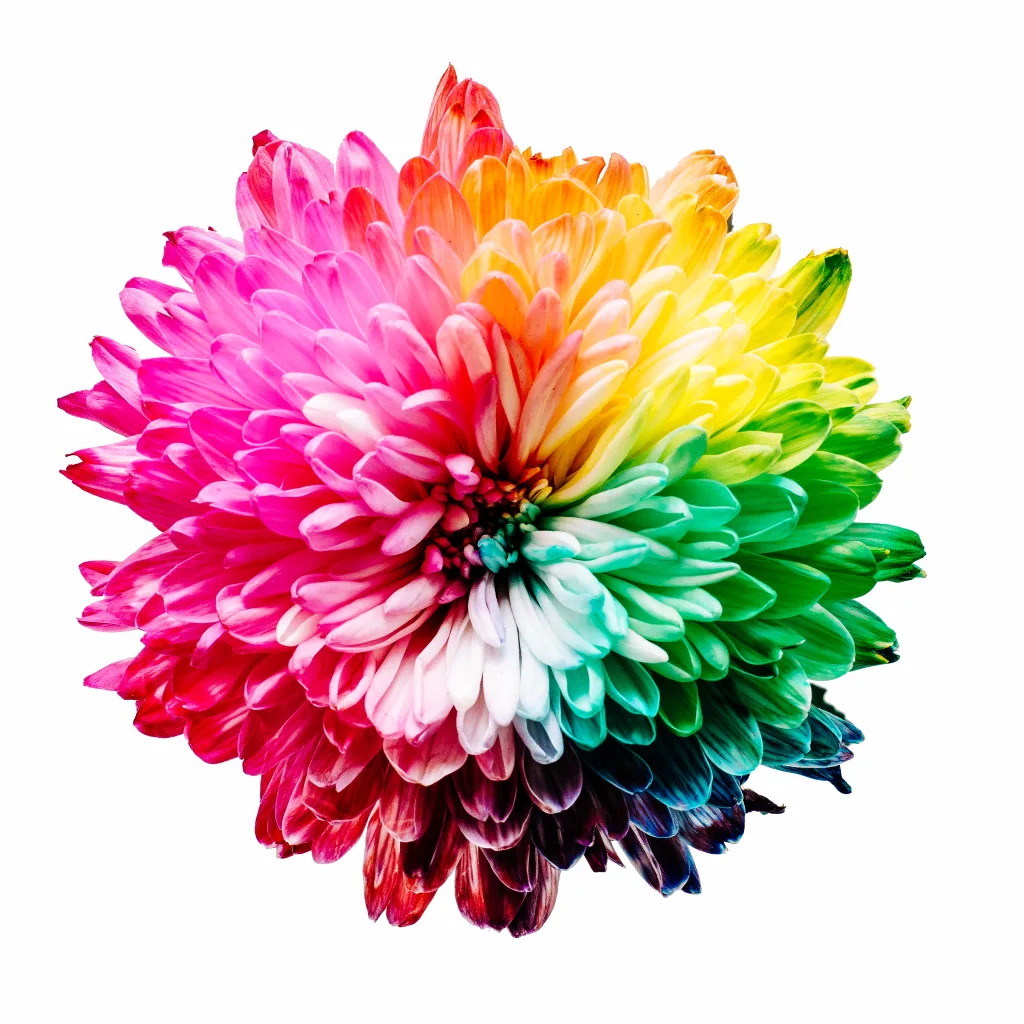Colors are an integral part of our lives, and when used correctly, can have a powerful emotional impact. Random color generators allw us to explore the countless possibilities that exist beyond the traditional color wheel. These generators generate random combinations of red, green, and blue values—the primary colors in digital media—with each new combination creating a unique color.
Using a strong random number generator, each new combination is assigned its own hexadecimal code (HEX), RGB value, and HSL value. That way, we can refer back to the specific combination when needed. Each HEX code is made up of six characters that represent the red, green, and blue values in a range from 0 to 255; where 0 represents no color and 255 represents full saturation. The RGB value expresses the same thre colors but uses decimal numbers instead of hexadecimal codes. Finally, the HSL value is used to represent hue (H), saturation (S), and lightness (L).
Random color generators use true randomness originating from atmospheric noise to generate new combinations. While these combinations are generated randomly, it’s still possible to get similar colors over time if certain parameters are set. For example, if you want muted colors with low saturation you can set maxima for certain parameters or use only one range of numbers for all three values. Alternatively, if you want bolder colors with higher contrast you can increase the range of numbers for each component.
By using random color generators we open ourseles up to a world of possibilities beyond what the conventional color wheel offers us. With these tools we can create unique palettes that hold potential for powerful emotional impact in design projects or artwork alike!

The Benefits of Using a Random Color Generator
A random color generator is a software application that generates a random set of colors each time it is run. It utilizes a strong random number generator to produce the values of red, green, and blue that comprise each color, and then outputs the color as both a visualized representation and its unique code in HEX, RGB and HSL formats. This allows users to quickly generate random colors for use in digital design projects or othr creative applications.
Understanding Random Color Hex
Random color hex is a type of color code consisting of a six-digit hexadecimal number that represents a specific color. The number is made up of two digits for each of the three primary colors (red, green and blue). Each two-digit pair ranges from 00 to FF, which gives us 256 possible values for each color component. By combining thee three pairs together, we can generate over 16 million different colors. Random color hex is generated using true randomness derived from atmospheric noise and can be used to create aesthetically pleasing visuals on websites and in applications.
Using Random Colors in Python
Using the random function in Python, you can generate random colors by randomly selecting integer values from 0 to 255 for the red (r), green (g), and blue (b) components of the RGB color model. To start, import the random module: import random. Then you can use the function random.randint(0,255) to generate a random number that represents one of the thre components of an RGB color. Assign each of these numbers to a variable (r, g, b). Lastly, combine these variables into a single string that represents your randomly generated color: ‘rgb(r, g, b)’.
Exploring Unusual Colors
The most unusual color is Glaucous, a pale grayish-green hue that has a slightly bluish tinge. This color is quite rare and is often used to describe the dull or faded colors of certain fruits, plants, and birds. It can be found in nature on the wings of certain seabirds, as well as in some flowers and plants. Glaucous is an interesting color to use in art, as it can provide an ethereal touch of pastel tones to any piece.
Randomizing RGB Values
Randomizing RGB values is a simple process that can be done by generating thre random numbers in the range of 0 to 255. For example, you can use the JavaScript function Math.random() to generate the random numbers. Once the three numbers have been generated, they can be inserted into a string with the format “rgb(n1, n2, n3)”. This string can then be assigned to a variable (for example, var randomRgb = getRandomRgb();). The resulting variable will contain a randomly generated RGB value that can be used in your project.
Randomizing Colors in C++
To randomize a color in C++, you can use the rand() function along with the srand() function. You will first need to create an array of integers and set it up to store the random values for your RGB color code. Then, you will need to call srand() with the argument ‘time(0)’. This ensures that the system generates a unique random number each time rand() is called. After that, you can use the rand() function to assign random values to your array elements and generate a unique RGB color code each time. Make sure to always call srand() before using rand(), otherise you may get the same output each time you run your program.
The Debate Over What Is the Best Color
The best color is highly subjective and depends on the individual’s preference. However, some colors have been found to be universally popular, with blue being the most popular color in the world. Blue is known for its calming and peaceful qualities, which can help to create a sense of relaxation and tranquility. Additionally, blue has associations with trustworthiness and loyalty, making it a great choice for businesses or organizations that want to foster a positive perception of their brand. Red is an energizing and passionate color that can evoke strong emotions like excitement or intensity. Green is often associatd with nature and health, so it can be a good choice for businesses related to these industries. Orange combines the energy of red with the happiness of yellow, creating an optimistic feeling that can be used to promote positivity. Brown is a natural earthy tone that conveys dependability and strength while purple conveys luxury and sophistication. Ultimately, there is no one “best” color – it really comes down to whichever color will best represent your goals or desired message.
Randomizing Colors in HTML
Randomizing colors in HTML is quite easy, and can be done usng a few lines of code. Firstly, you need to generate a random number, which will represent the color. This can be done using the Math.random() function, which will generate a random number between 0 and 1. To turn this random number into something that can be used to represent a color, you must convert it into a hexadecimal value. This can be done by multiplying the random number by 16777215, and then rounding it down to the nearest integer with Math.floor(). Finally, you must convert this number into its corresponding hexadecimal value using the .toString(16) method.
Once you have your hexadecimal color code generated, all you need to do is insert it into your HTML document as an attribute for your element. For example: Your Text Here, where “#COLORHERE” would be replaced with your randomly generated hexadecimal color code.
Randomly Coloring with CSS
To randomly color in CSS, you can use the following code. First, create an array of colors that you want to use: var colors = [‘#ff0000’, ‘#00ff00’, ‘#0000ff’]; Then, generate a random number within the range of your array elements: var random_color = colors[Math. floor(Math. random() * colors. length)]; Lastly, assign your random color to the element you want to color: document. getElementById(‘title’). style. color = random_color; Now your element shoud be randomly colored according to the colors you specified in your array!
Number of Hex Colors
Hex colors use a hexadecimal, or 16-bit number system. This means that there are a total of 256 possible color combinations that can be used, represented by the values 0 – 255. Each of these values has 6 digits, which correspond to the red, green and blue (RGB) components of a color. As such, there are 16 million distinct hex colors that can be created by combining different combinations of these RGB components.
Conclusion
In conclusion, random color generation is an effective way to create visually appealing and unique color combinations. It uses a strong random number generator to produce red, green, and blue values that are then combined to generate the desired color. The output can be visualized in HEX, RGB, or HSL formats and is generated with true randomness originating from atmospheric noise. Random color generation has allowed for the creation of vibrant and unique palettes that can be used in a variety of applications, from digital art to website design.












